What I'm doing:
I'm applying voltage pulses to thin films and measuring the resulting current transient, then using these transients to extract the hole mobility.
The problem:
When the films are very thin, the transient cannot be observed as a result of a capacitive response. The paper I am reading from describes a circuit used to "clean up" up the transient by removing this capacitive response:
In order to overcome this problem, we used a simple bridge circuit ... where a differential amplifier is used to subtract the capacitive response of the circuit recovering the ‘‘pure’’ SCLC transient
The problem, as my background is in physics, is I have no idea how I'd even start to use this circuit (connecting with the oscilloscope, what values for the components etc).
What I'm asking:
Does this type of bridge circuit have a specific name so I'm able to learn about it and find out how I'd be able to use it? I'm basically just asking for a starting point that will allow me to read into how this circuit would work.
What I've tried:
- General googling on bridge circuits, but it turns out it's a massive topic and I wasn't able to find anything specific to subtracting capacitive responses.
- In the paper I linked, it says the circuit is "described by Scott et al [21]". I have found this paper, however it is locked behind a paywall.

